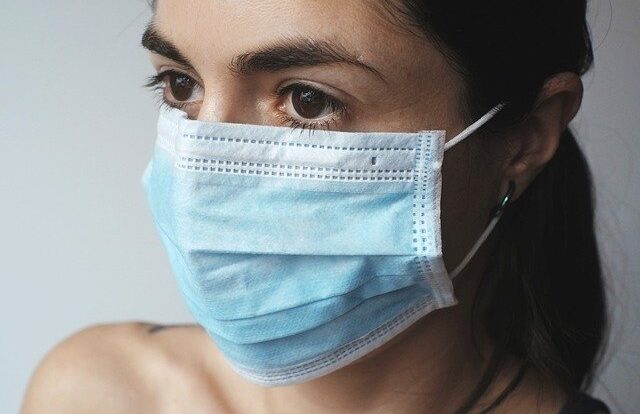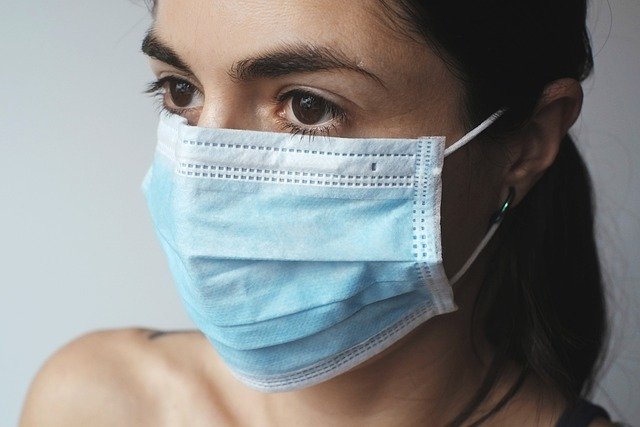
Submitted by the Baylor College of Medicine….
As COVID-19 cases are steadily decreasing in Houston, large-scale events are happening in the community. A Baylor College of Medicine expert discusses the risk factors associated with attending large events, such as concerts, sporting events and the Houston Livestock Show and Rodeo.
“We are doing much better and our viral numbers are improving rapidly and dramatically, so that’s very encouraging,” said Dr. James McDeavitt, executive vice president and dean of clinical affairs at Baylor. “However, we’re still in a very high prevalence environment. People need to continue to be cautious, particularly if they’re in relatively high-risk groups or routinely exposed to people at high risk.”
Large-scale events vary in terms of size and location. Because the Houston Livestock Show and Rodeo consists of different events, indoor and outdoor, he recommends considering the risks:
- Outdoor: The carnival is one of the safest parts of the rodeo because it is outdoors. Eating outside also is safer than eating inside.
- Indoor: Consider masking if you are in a crowded indoor environment. Shopping venues and other exhibits at the rodeo are in a large indoor space, so wearing a mask is safest. The concerts are in a very large indoor space, but you sit in close proximity to strangers, unaware of their viral status. You should be wearing a mask in that setting.
If you plan to attend the rodeo or other large events, make a personal choice about whether attending the event is worth the risk. McDeavitt suggests assessing your risk based on your health and surroundings:
Maximize your vaccination status
If you are not vaccinated and boosted, get the vaccine and booster to protect yourself. If you plan to go to a large event with a group, ask the group if they are vaccinated and boosted and encourage others around you to get vaccinated.
During the recent omicron wave, people who became critically ill were disproportionately unvaccinated. Those who were vaccinated and boosted were largely protected against getting critically ill.
Assess the people around you
Responsibly look at the risk of the people around you: family, friends, colleagues and anyone else you come in contact with regularly. Maintain a higher degree of caution if those around you are at risk. If you are healthy, vaccinated and boosted and contract COVID-19, it will likely be a minor annoyance.
If you live with or are frequently exposed to an elderly relative, someone who has a serious medical condition or someone that is chronically immunosuppressed, those people are still at risk. Consider avoiding large events or remaining masked to prevent potentially spreading the virus back to them. Be cautious if you work in an environment where you are routinely exposed to people at high risk, such as nursing homes, healthcare settings or retirement centers. If you carry it to someone at higher risk, it could be extremely serious.
Look at the community disease prevalence
Check the CDC website to find the disease prevalence in your county. When that number drifts below 100 cases (per 100,000 population per seven days), you are much less likely to bump into someone carrying coronavirus in the community. The lower this number goes, the safer you are from contracting coronavirus. When the numbers rise above 100, you are much more likely to encounter someone with active disease.
If you have symptoms, don’t go
You should not visit crowded places if you have COVID-19 symptoms. You do not want to spread your illness to someone else.
If event venues do not require testing, attendees do not need to get COVID-19 tests before or after the event unless they exhibit symptoms.
When considering the best mask for protection, McDeavitt recommends an N95 or KN95, or a surgical mask. If you cannot access these, he suggests wearing a double-layer cloth mask.
“Learning to live with the virus doesn’t mean we ignore it and pretend it’s not there. It’s taking personal responsibility for using the tools available to be as safe as possible while going about our lives,” McDeavitt said. “We need to start opening up public events and let individuals make their own risk-benefit calculation of whether attendance is the right thing for them.”

